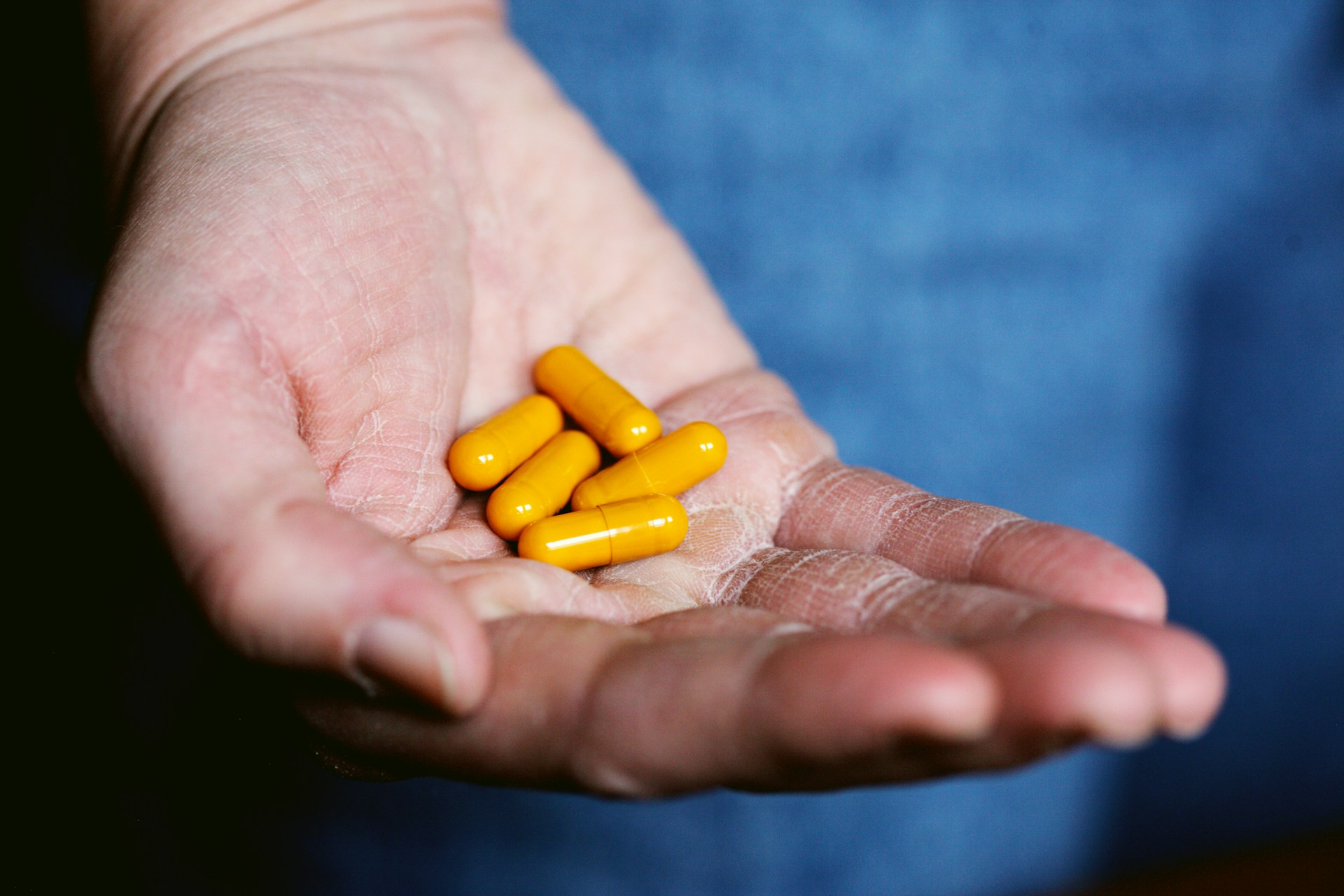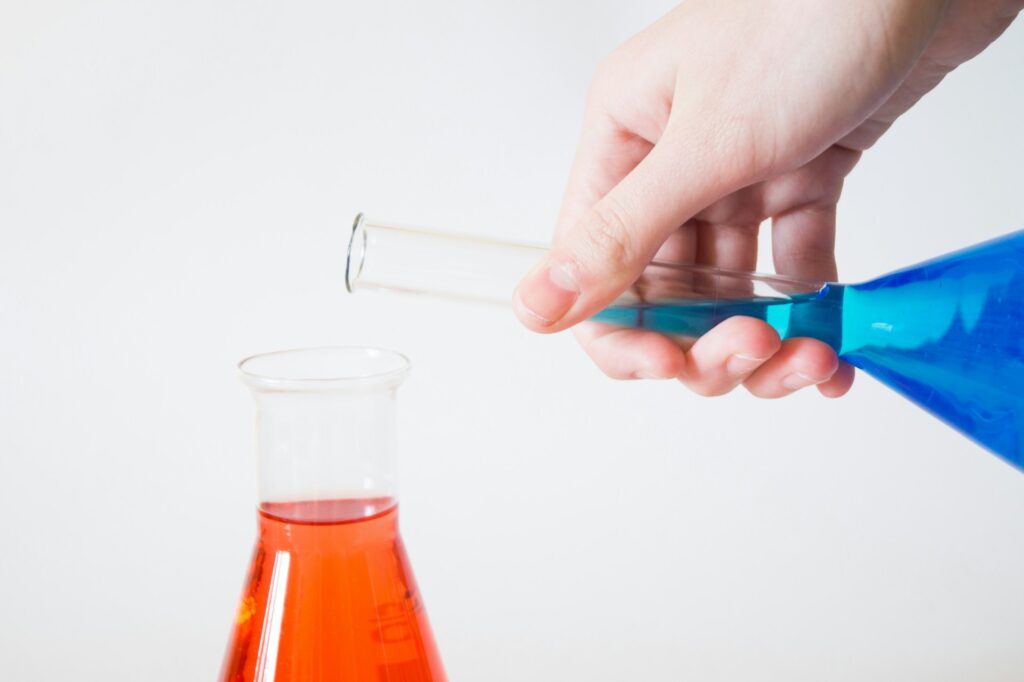A breakthrough has been discovered in the field of optical science with the creation of a new light structure known as the “chiral vortex.” Developed by researchers at King’s College London and the Max Born Institute, this light structure seeks to change how scientists measure the chirality of molecules; molecules that exist in left-handed and right-handed forms. The structure of this light, even the smallest differences between these mirror-image molecules, creates a vortex that interacts with molecules in new and highly precise ways.
Traditionally, detecting molecular chirality has posed significant challenges for scientists. As Dr. Nicola Mayer, the study’s lead researcher, explains,
“Traditional measures of chirality have struggled to identify the concentration of right- and left-handed molecules in samples containing almost equal amounts of both. With our new method, a tiny excess in the concentration of either mirror twin can be detected.”
This level of sensitivity could have important consequences, especially for the pharmaceutical industry, where the right- or left-handedness of a molecule can mean the difference between a safe drug and one with harmful side effects.

The structure of this new light traces a chiral curve over time, with a handedness that changes as it moves around the beam. When molecules interact with this vortex, they emit photons through a process called high-harmonic generation, producing distinctive patterns that allow scientists to detect the difference between the two forms. As Mayer states,
“These signals can also provide a snapshot into how electrons move inside molecules at their natural speed, laying the groundwork for shaping the behaviour of electrons and even eventually influencing chemical reactions with light.”
This technological advancement has a large influence on drug developers, as the ability to accurately measure chirality could help avoid disasters like the thalidomide case. In the 1950s, this drug, prescribed to pregnant women for morning sickness, caused severe birth defects due to its left-handed molecular form. As Dr. Mayer reflects,
“In cases like thalidomide, we know this is enough to make a life-changing difference.”
Beyond its pharmaceutical applications, the chiral vortex could have an impact on chemistry, biology, and material science based industries. Its measurement capabilities, which are not easily affected by fluctuations in light intensity, offer a more reliable way for scientists to conduct chirality experiments. “By focusing on the detection of a rotating pattern of the light emitted by the molecules, it is a lot easier to sense and interpret minor differences in the handedness of dilute samples,” Mayer adds.
As this research continues, the chiral vortex represents a step forward in our ability to manipulate and understand the molecular level in which chemicals and products are formed.

Hassan graduated with a Master’s degree in Chemical Engineering from the University of Chester (UK). He currently works as a design engineering consultant for one of the largest engineering firms in the world along with being an associate member of the Institute of Chemical Engineers (IChemE).



